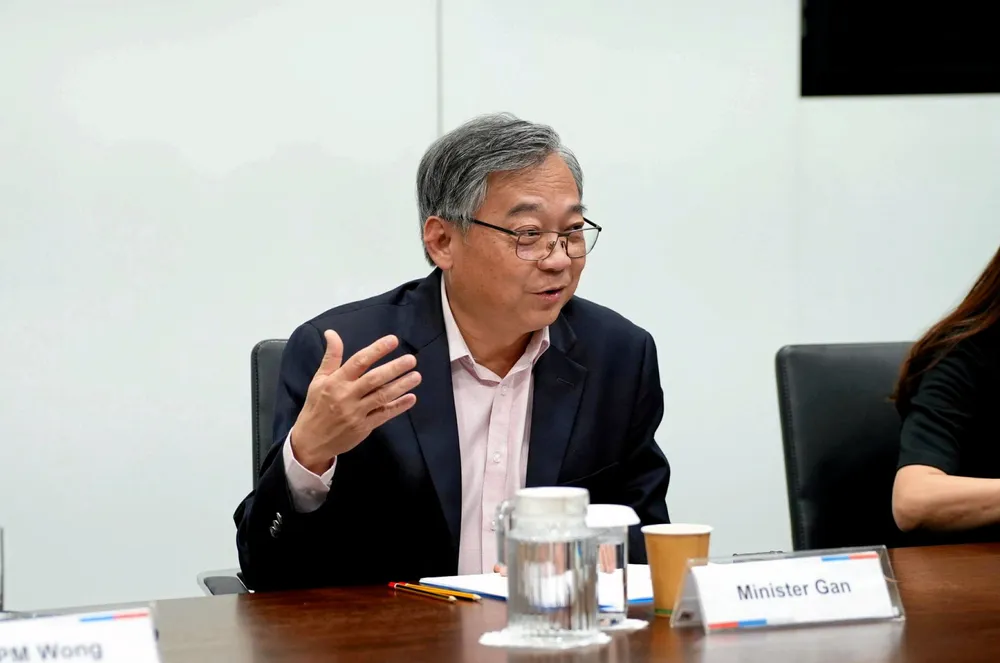'Hydrogen has too many technical and commercial uncertainties for us to invest in infrastructure at scale'
Singaporean minister for trade says the city-state is taking a ‘cautious approach’ to H2 adoption

Singaporean minister for trade says the city-state is taking a ‘cautious approach’ to H2 adoption
